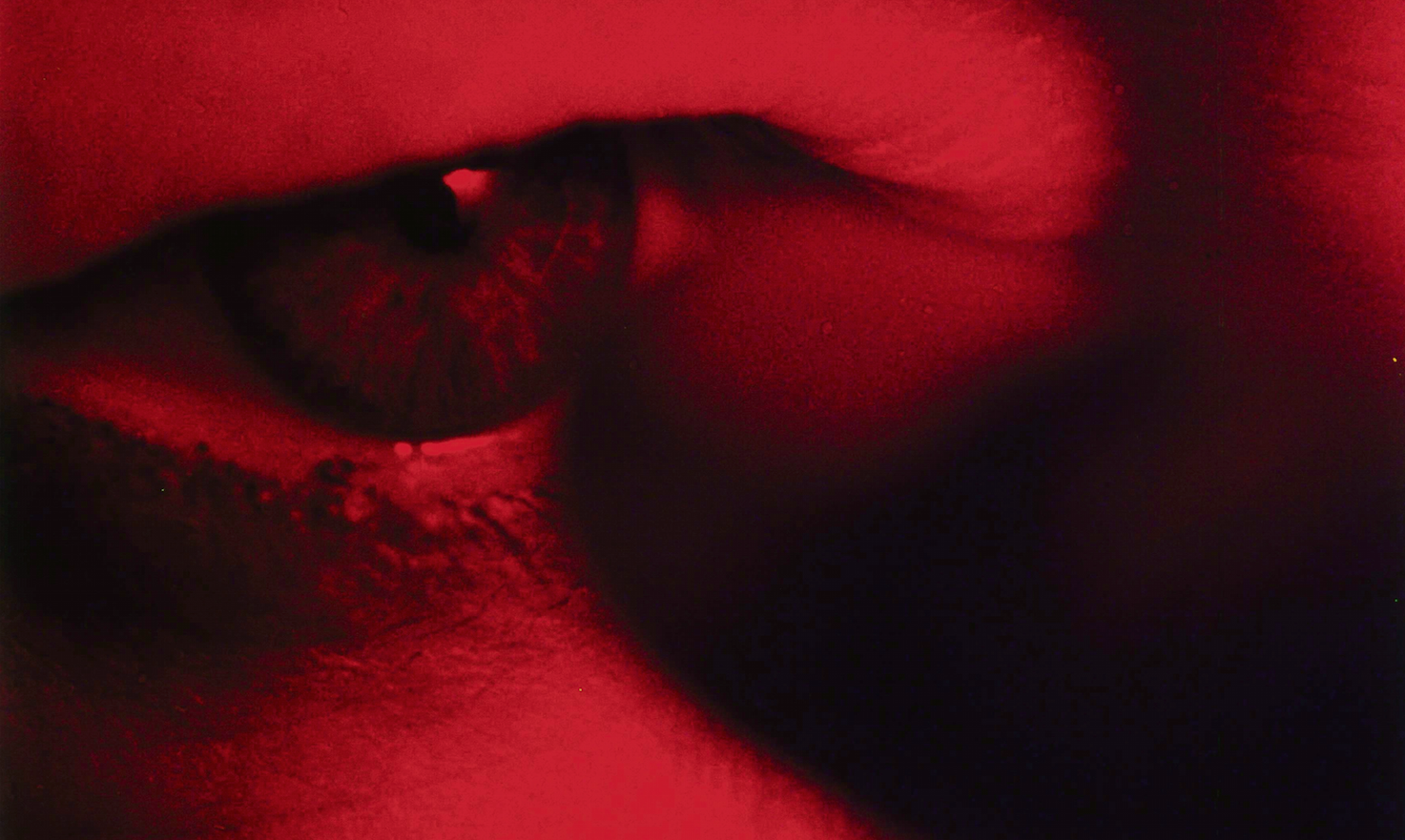
Steve McQueen at Tate Modern review: Dramatic retrospective muses on what it means to be human
by Steve DinneenI’m not sure anybody has perfected the art of translating video installations into blockbuster gallery retrospectives, but the Tate Modern comes pretty darned close.
Having Steve McQueen as your subject helps, of course. He’s the man with the Midas touch, a Turner-prize winning artist turned Oscar-winning director. The Tate collects pieces from after his 1999 Turner win (apart from one that was shot in 1992) to the present day, displaying a wildly disparate body of work that nonetheless presents a just-about coherent view of the anthropocene.
The curation is suitably dramatic. Rooms are bisected by hanging screens – on one a helicopter buzzes incessantly around the Statue of Liberty, on another a man wistfully whitewashes a grave to the serene soundtrack of seabirds and wind through grass. Retro projectors take pride of place in the middle of rooms, their heat and hum and smell supplementing the images they beam onto the walls. One shows a crimson film in which a finger comes dangerously close to poking an eye, its drama and colour reminiscent of a scene from a Dario Argento movie. Another shows am extreme close-up of a black woman’s nipple, the lined and dimpled skin no longer sexualised when seen in such biological detail.
One of the more striking pieces is a interview with a former prisoner, who candidly recounts tragic events from his life, from the accidental death of his brother in an incident involving a gun to his mother’s suicide. The screen shows only the huge, pleasingly symmetrical scar that runs across the top of his head as he lies flat on his back. Another piece shows McQueen’s own body, lit by the grainy light of a hotel TV as he reclines – naked, perhaps – on a bed, listening to news coverage about Pablo Escobar and the Iraq war.
Individually, its all fascinating, but taken as a whole, it paints a picture of a man with an insatiable desire to capture the things that make us human, be it the intricacies of our bodies or the details of our lives. As with his Hollywood filmography (entirely absent from this show), there’s a focus on race, on what it means to be black today.
Perhaps most indicative is Caribs’ Leap, a piece projected onto two facing screens that memorialises the 1651 suicide of Grenadian islanders who refused to be enslaved. One screen shows the slow-motion fall of a man through a pure-white sky, legs flailing, pulled towards the ground by forces beyond his control. It’s at once peaceful and violent, beautiful and harrowing. It’s a shot of a single person that encompasses more pain and politics than we can possibly comprehend. What could be more human than that?